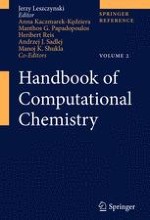2012 | OriginalPaper | Buchkapitel
Predictive QSAR Modeling: Methods and Applications in Drug Discovery and Chemical Risk Assessment
verfasst von : Alexander Golbraikh, Xiang Simon Wang, Hao Zhu, Alexander Tropsha
Erschienen in: Handbook of Computational Chemistry
Verlag: Springer Netherlands
Aktivieren Sie unsere intelligente Suche, um passende Fachinhalte oder Patente zu finden.
Wählen Sie Textabschnitte aus um mit Künstlicher Intelligenz passenden Patente zu finden. powered by
Markieren Sie Textabschnitte, um KI-gestützt weitere passende Inhalte zu finden. powered by
